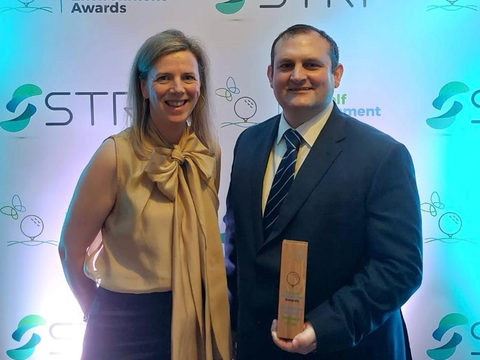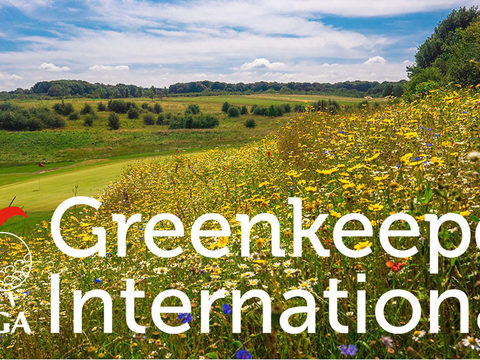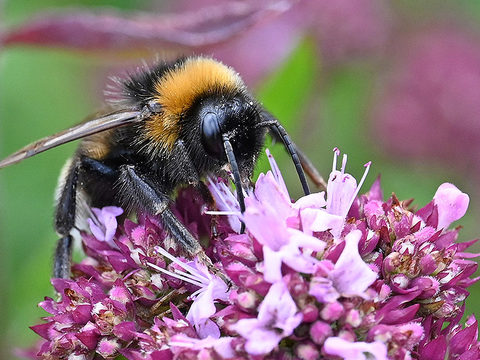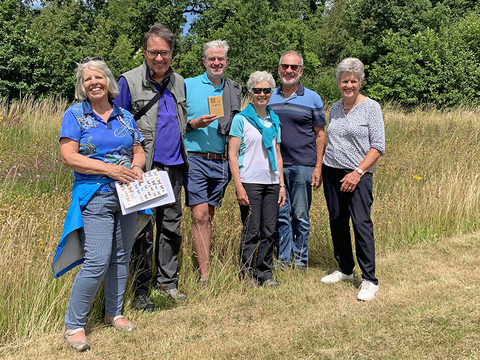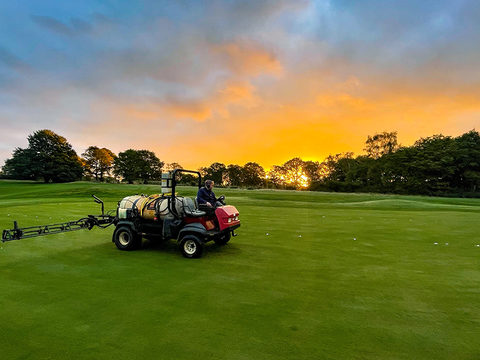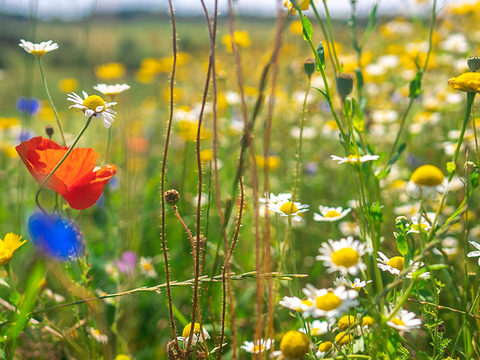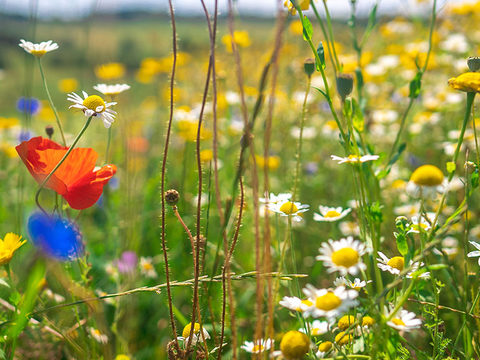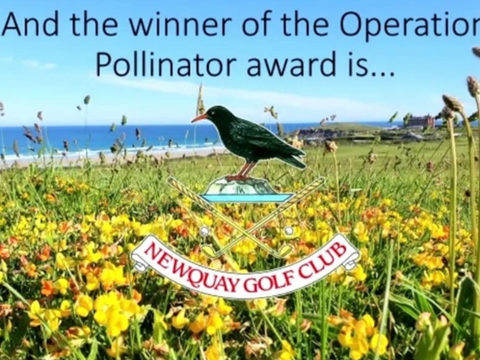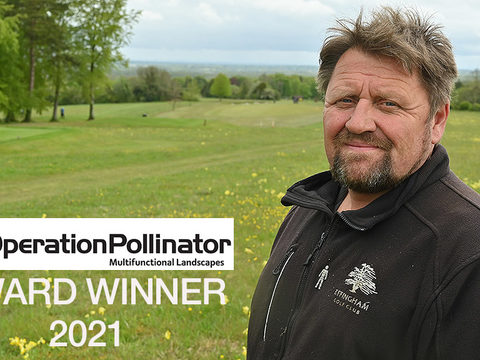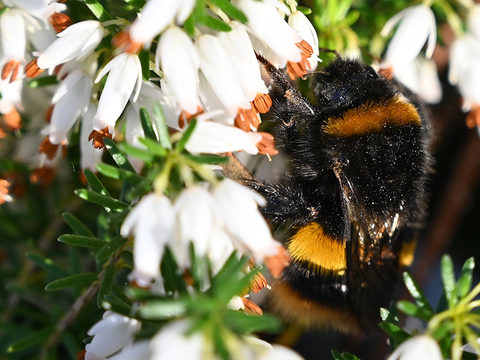Operation Pollinator blooms with less intensive action
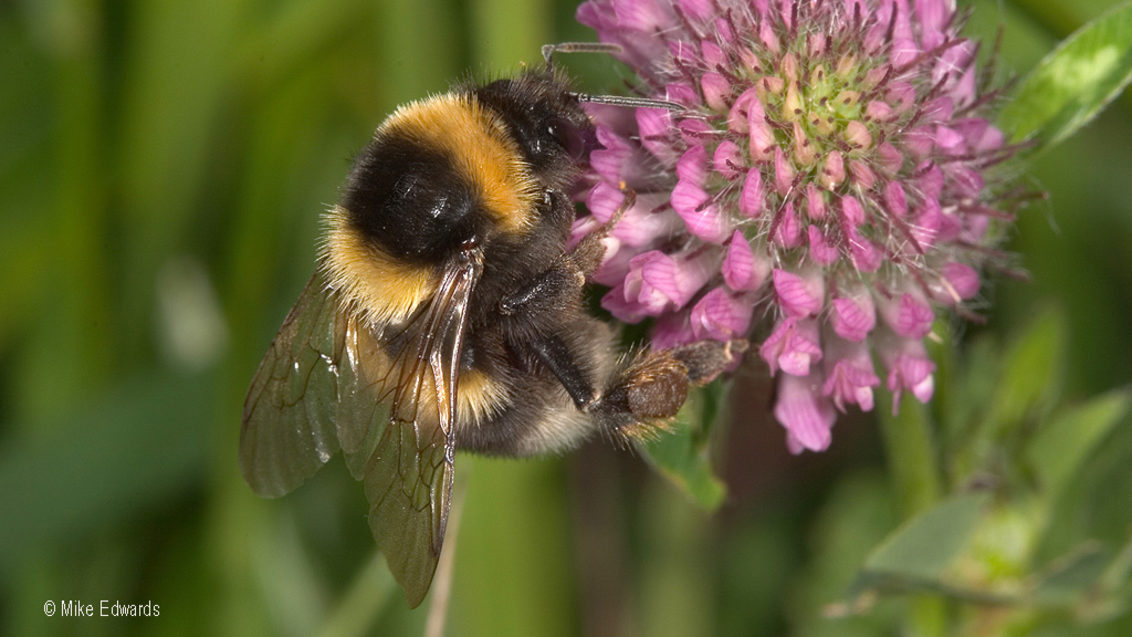
For most, April is the start of the growing season; many trees and flowers begin to unfurl, and pollinating insects come out of hiding in search of pollen and nectar. It's our responsibility to make sure that there are resources available for them when they emerge, writes Sophie Oleinik, STRI Senior Environment Consultant.
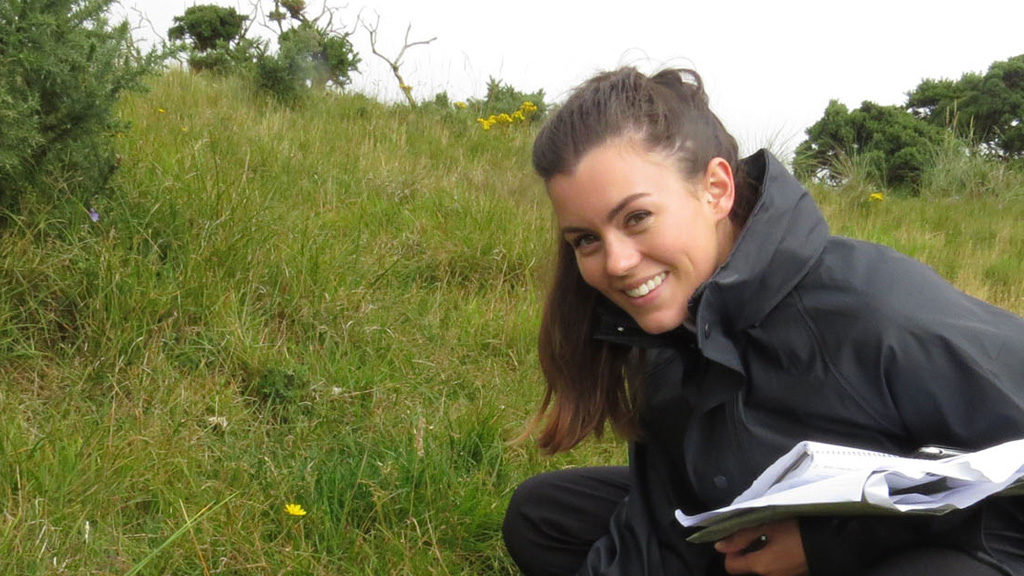
Syngenta’s Operation Pollinator initiative celebrates the golf clubs that have recognised the critical role of pollinators; clubs that have retained, enhanced or created habitats within their golf course aimed at conserving these important insects.
Wild insect populations provide a substantial contribution to the productivity of many crops and seed set of wildflowers across the UK, and the world, and golf courses are well-placed throughout the landscape to help to conserve them.
From soldier beetles to hoverflies, mining bees to midges, pollinators need our help in whatever form they take.
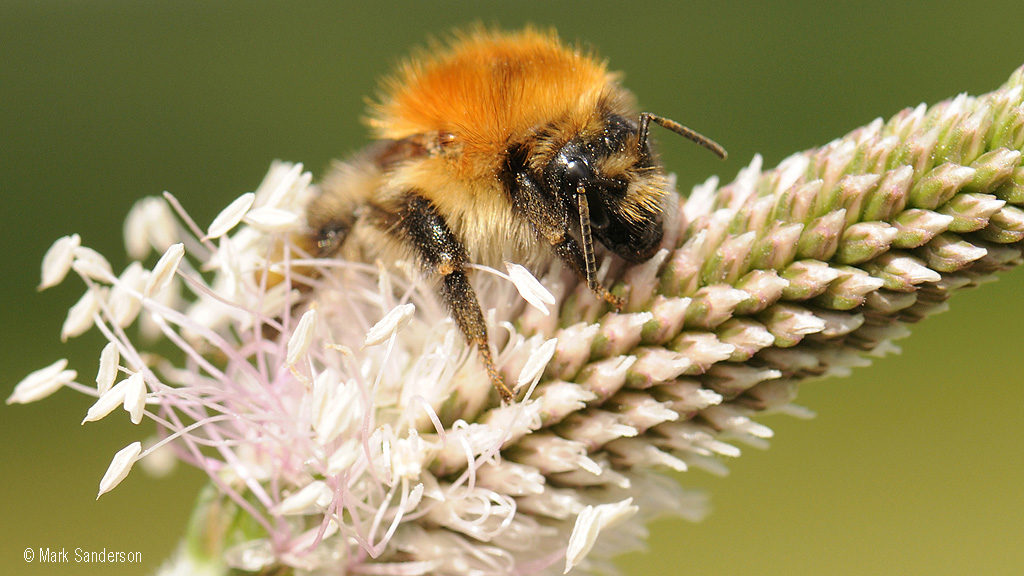
It’s an odd time right now. Where April would usually be the month that we would write an article recommending that you prepare and sow wildflowers within the rough or designated wildflower areas, we are mindful that many greenkeeping teams across the UK are stretched for both time and money.
Find out more about Operation Polinator here
Many of you are working in much smaller teams than usual and perhaps many of you haven’t even had the chance to give thought towards entering Operation Pollinator this year and we don’t blame you for that. But, actually not doing some things you may normally do actions could be positively beneficial for pollinators, and could relieve some of the pressure of maintaining a golf course.
Are there areas that you can leave alone for the time being within the golf course? Perhaps there are areas that you had been hoping to return to rough that you haven’t had the chance to do – now could be the perfect time?
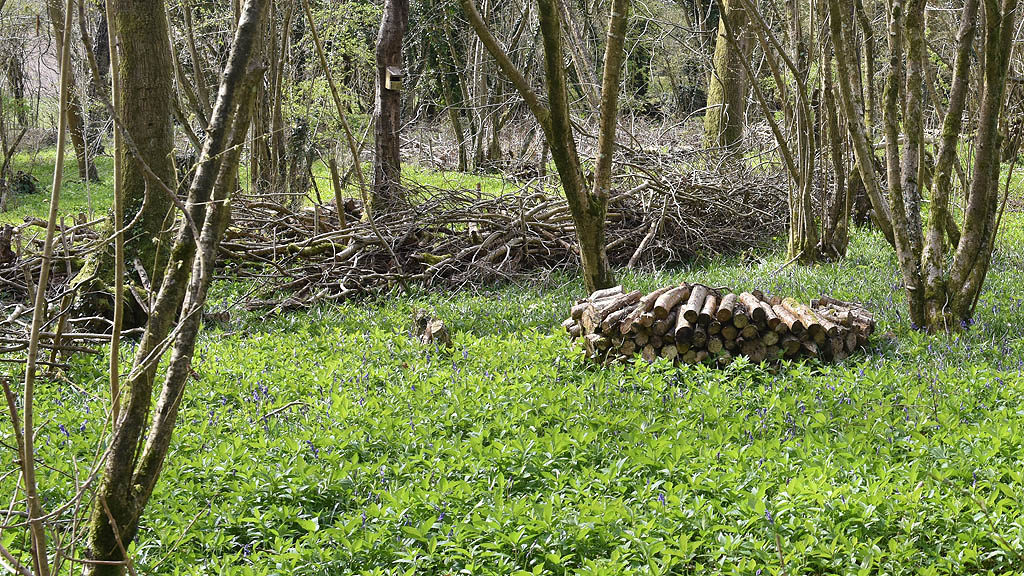
We see the benefits for pollinators where many local planning authorities have halted the mowing of roadside verges, resulting in carpets of early season flowers such as coltsfoot and celandine. Here in Sheffield, I noticed an abundance of dandelion, daisy and dove’s foot cranesbill in April, which were awash with small tortoiseshell butterflies and garden bumblebees.
We often forget about the importance of woodlands, hedges and trees for pollinators too but these all offer forage, shelter and nesting areas.
We are in the breeding bird season now so any potentially destructive management of these habitats should be left until September, but there’s nothing to stop you from doing other things to enhance these existing habitats. For example, why not use any fallen deadwood and brash to create habitat piles in sunny spots throughout the course.
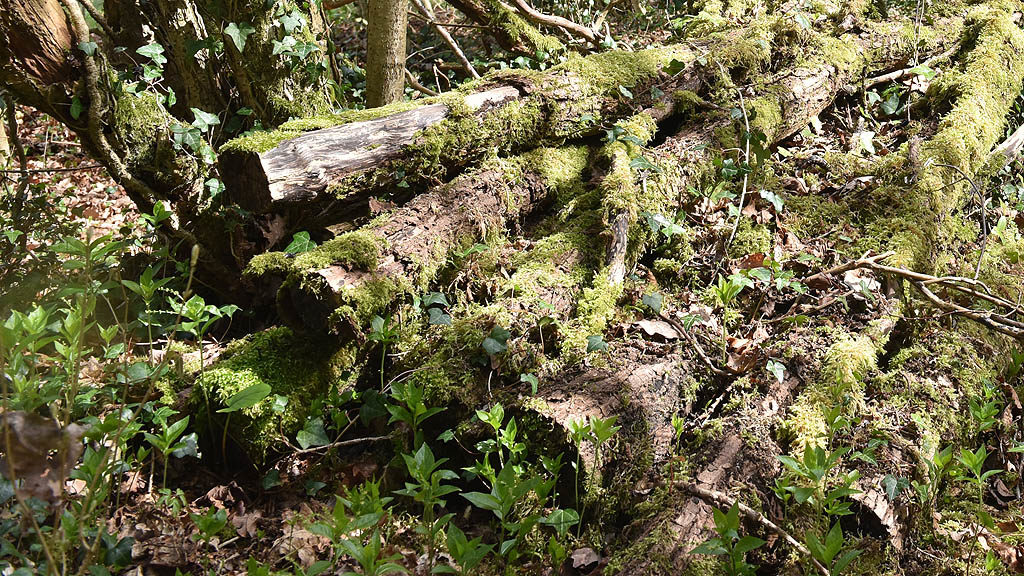
Or could you replace deadwood on the woodland floor within the centre of the woodland rather than around the margin; deadwood provides an important corridor for less mobile invertebrates.
These measures will benefit other fauna too as well as providing shelter and basking opportunities for pollinating insects. Leaving piles of leaf litter will also provide nesting sites throughout the year for species like common carder bee. This could be a quick but rewarding job if you have a leaf blower to hand.
Talking of leaving things alone, could you leave a buffer of grassland along any woodland or copse edges within the course?
These areas can be cut in the autumn to prevent scrub formation, if necessary. Of course, ensure that these areas won’t be detrimental to play once things are back up and running. West and east-facing edges are the best for pollinators, so perhaps leave buffers here only.
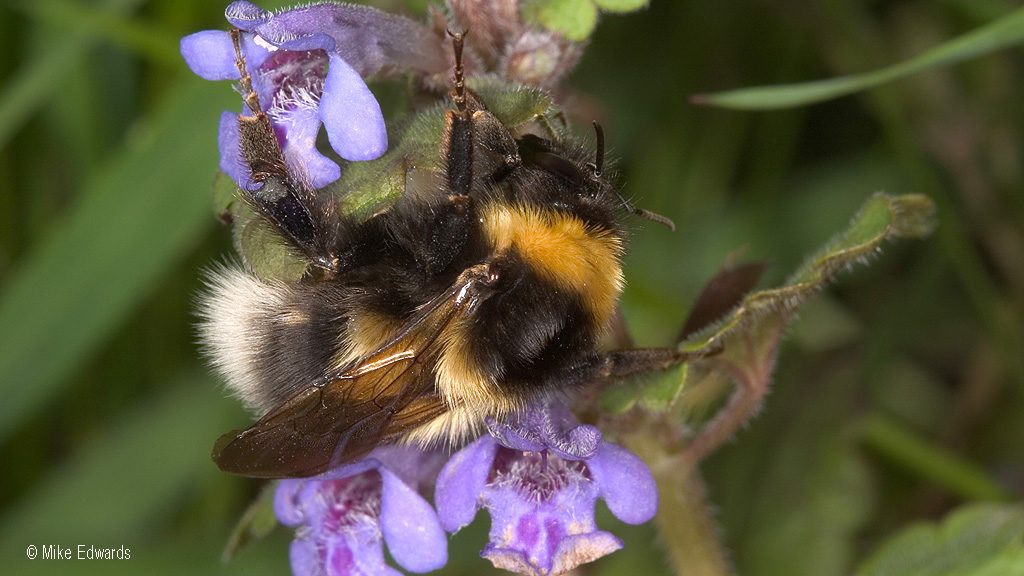
Ponds, ditches and other wet areas are also hugely important for invertebrates, providing breeding sites, shelter and supporting other nectar-rich plants such as meadowsweet, great willowherb and water mint. Leaving these plants to establish a bit further than you usually would won’t do any harm, just be mindful of the management that may be required later in the year if things do get a bit out of hand!
There’s likely to be much more pressing jobs to be done throughout the golf course than focussing on creating a grand Operation Pollinator project, so how about asking for a helping hand? Local communities have been pulling together more than ever and, whilst many people are at home, potentially with some time on their hands, could you ask for a contribution in the form of a carefully crafted bee hotel or potted pollinator-friendly plant?
There’s plenty of online resources available from organisations such as the RSPB which show how to build bee B&B’s and propagate plants to share out to others.
Could you share these with your membership or put out word in the local newspaper? Arrange a drop-off point to avoid contact? It’s a chance to communicate with locals and make them feel part of something during a time when many people are feeling quite isolated. How great would it be if your community-driven initiative won Operation Pollinator? A success not just for the club, but for the local village, town or city.
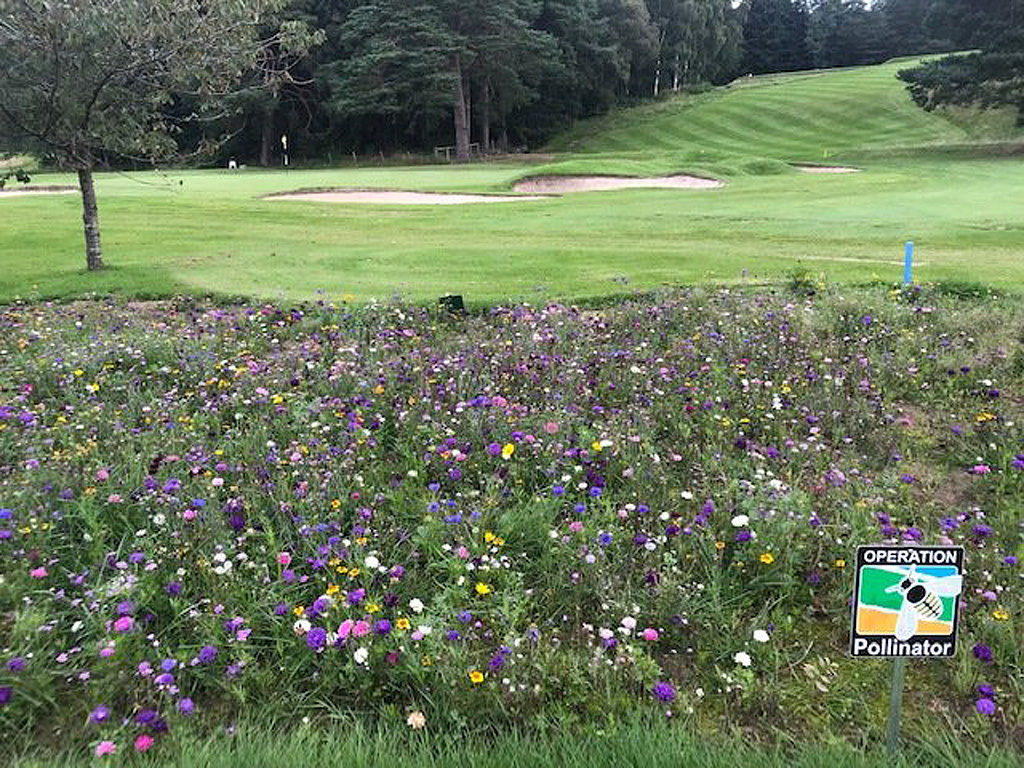
We appreciate that, whilst you may be stretched right now, by giving time to planning and managing slightly differently than usual and by recognising where to manage (or not) we have confidence that you may find that you do have a reason and time to enter Operation Pollinator. Take a few minutes out of your day and feel free to give us a call or email - we are here to help if you need us.
We hope that these ideas give you some food for thought and we hope that you can take time out to appreciate the tranquillity of a golf course more than you have ever done before. Golf courses aren’t just for golf, let’s show people why.
Find out more about Operation Polinator here


